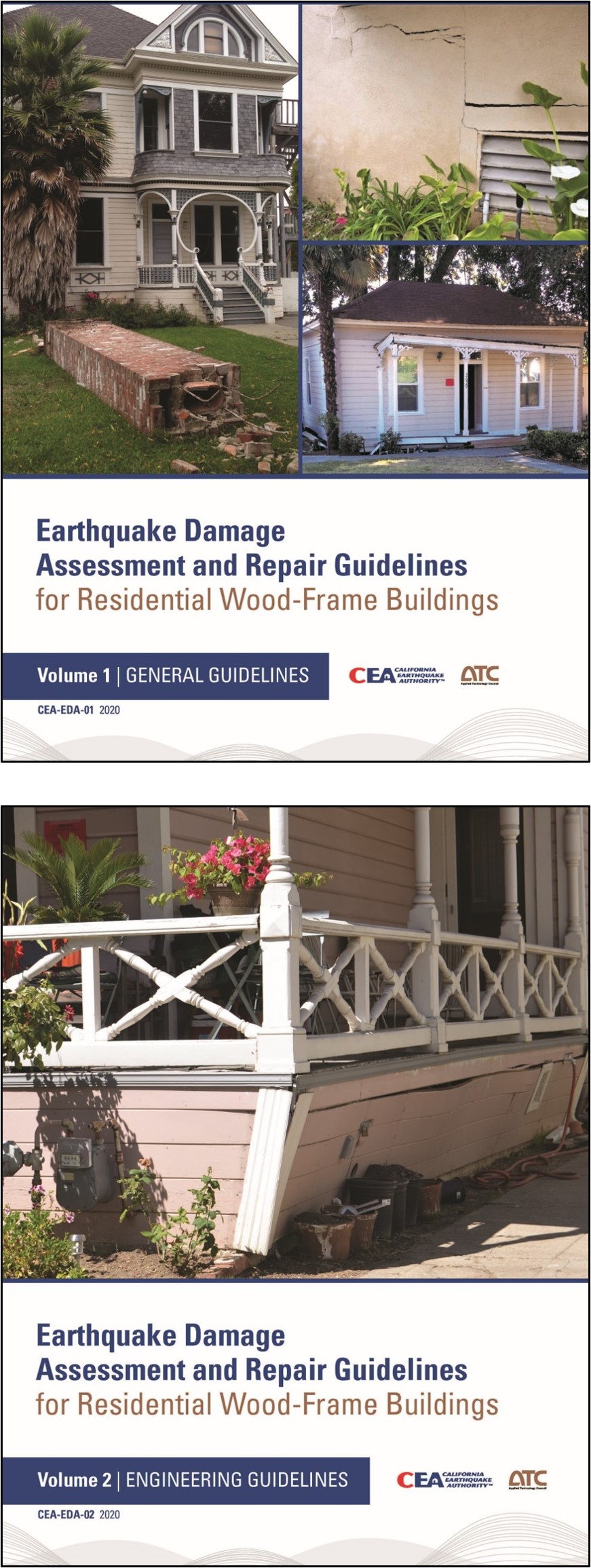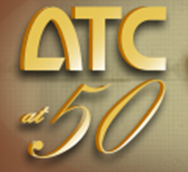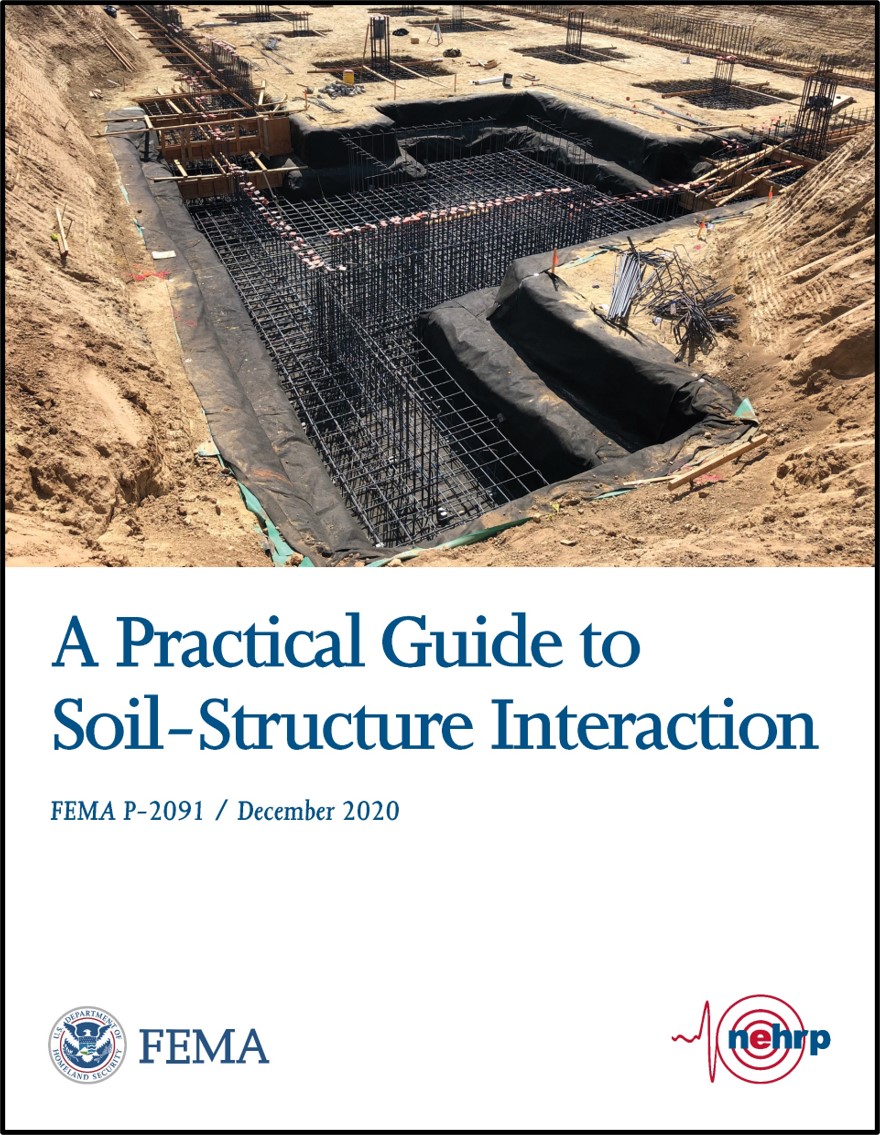 Project Title: Update of General Guidelines for the Assessment and Repair of Earthquake Damage in Residential Woodframe Buildings and Development of Additional Engineering Guidelines
Project Title: Update of General Guidelines for the Assessment and Repair of Earthquake Damage in Residential Woodframe Buildings and Development of Additional Engineering Guidelines
Client: California Earthquake Authority
Purpose: To update the Consortium of Universities for Research in Earthquake Engineering (CUREE) Publication No. EDA-02, General Guidelines for the Assessment and Repair of Damage in Residential Woodframe Buildings, and to complete the initial draft of CUREE Publication No. EDA-06, Engineering Guidelines for the Assessment and Repair of Earthquake Damage in Residential Woodframe Buildings.
Overview: This project produced the CEA-EDA-01 report, Earthquake Damage Assessment and Repair Guidelines for Residential Wood-Frame Buildings, Volume 1 – General Guidelines, and the CEA-EDA-02 report, Earthquake Damage Assessment and Repair Guidelines for Residential Wood-Frame Buildings, Volume 2 – Engineering Guidelines.
The Earthquake Damage Assessment and Repair Guidelines for Residential Wood-Frame Buildings describe the process of identifying, evaluating, and repairing common earthquake damage in typical residential wood-frame houses and are intended to increase the efficiency, consistency, and reliability of the earthquake damage assessment and repair process. The documents are an integrated two-volume series that cover common earthquake damage, including cosmetic and structurally significant damage, as well as earthquake-induced permanent ground deformation.
Volume 1 (CEA-EDA-01) is intended to be used by insurance claim representatives, building contractors, homeowners, and others familiar with construction and repair. Volume 2 (CEA-EDA-02) is intended to be used by structural and geotechnical engineers, and others with relevant technical experience. The Guidelines help users create a conceptual scope of repair for a wood-frame house damaged by an earthquake.
The documents build and expand upon previous work conducted through the Consortium of Universities for Research in Earthquake Engineering (CUREE), which led to the publication of two documents for the assessment and repair of earthquake-damaged residential wood-frame buildings. These documents, commonly referred to as the CUREE Guidelines, have now been superseded by the two-volume series, Earthquake Damage Assessment and Repair Guidelines for Residential Wood-Frame Buildings.




 Project Title: Update of General Guidelines for the Assessment and Repair of Earthquake Damage in Residential Woodframe Buildings and Development of Additional Engineering Guidelines
Project Title: Update of General Guidelines for the Assessment and Repair of Earthquake Damage in Residential Woodframe Buildings and Development of Additional Engineering Guidelines Project Title: Soil Structure Interaction Design Guide
Project Title: Soil Structure Interaction Design Guide